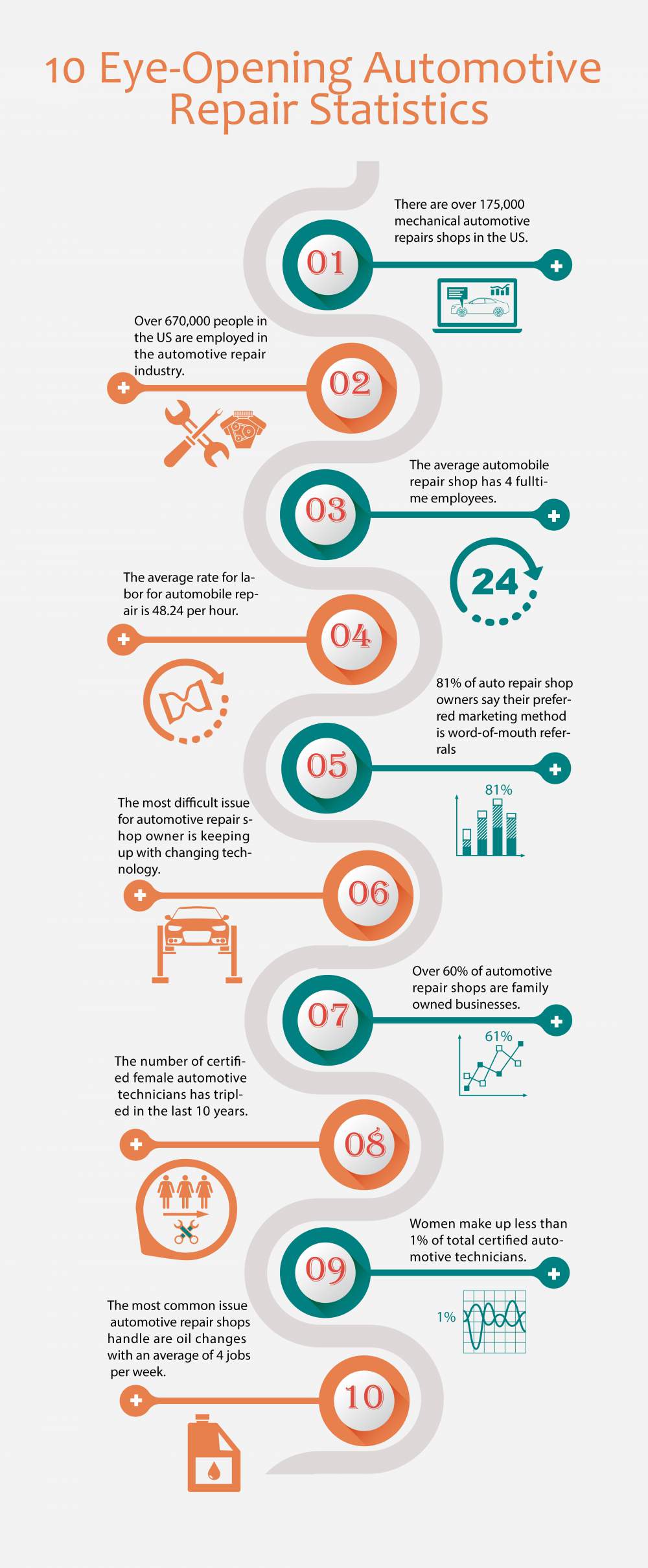Translating Your Automobile'S Alert Lighting: Their Real Effects
Translating Your Automobile'S Alert Lighting: Their Real Effects
Blog Article
Composed By- https://cheap-oil-change40627.livebloggs.com/38417236/extremely-hassle-free-mobile-cars-and-truck-describing-services-not-only-save-you-time-and-money-yet-additionally-enhance-your-vehicle-s-durability-uncover-how-they-can-transform-your-routine
When you're behind the wheel, those radiant warning lights on your control panel can be a little bit puzzling. Do you understand what they're trying to inform you regarding your vehicle's health and wellness? Comprehending the importance of these lights is vital for your safety and security and the long life of your car. So, the following time one of those lights pops up, would not you want to analyze its message properly and take the necessary steps to address it?
Common Caution Lights and Interpretations
Identify usual caution lights in your cars and truck and understand their significances to make sure risk-free driving.
One of the most common caution lights consist of the check engine light, which signifies concerns with the engine or discharges system. If this light comes on, it's critical to have your car checked promptly.
The oil pressure advising light suggests low oil stress, requiring instant interest to avoid engine damages.
A flashing battery light may recommend a malfunctioning billing system, potentially leaving you stranded if not attended to.
The tire stress tracking system (TPMS) light alerts you to reduced tire pressure, impacting car security and fuel performance. Ignoring https://www.repairerdrivennews.com/2022/01/31/lor-reaches-17-day-average-impacts-policy-limits-and-consumer-satisfaction/ can result in hazardous driving conditions.
The abdominal light indicates a problem with the anti-lock braking system, compromising your capacity to stop quickly in emergencies.
Last but not least, the coolant temperature advising light warns of engine getting too hot, which can lead to extreme damage if not dealt with promptly.
Comprehending these usual warning lights will help you attend to concerns quickly and maintain risk-free driving problems.
Importance of Prompt Focus
Recognizing the typical caution lights in your cars and truck is just the initial step; the significance of quickly attending to these warnings can't be emphasized enough to ensure your safety on the road.
When a caution light illuminates on your dashboard, it's your cars and truck's way of connecting a potential problem that needs focus. Overlooking these cautions can lead to extra serious issues down the road, endangering your safety and security and possibly costing you much more in repairs.
Prompt focus to alerting lights can protect against break downs and crashes. As an example, a flashing check engine light might suggest a misfire that, if left ignored, might trigger damages to the catalytic converter. Resolving this immediately can save you from a costly fixing.
Likewise, a brake system advising light may signal low brake fluid or used brake pads, important elements for your safety and security when driving.
DIY Troubleshooting Tips
If you see a caution light on your dashboard, there are a couple of do it yourself troubleshooting tips you can try prior to seeking expert help.
The very first step is to consult your cars and truck's handbook to recognize what the particular warning light shows. Often the concern can be as basic as a loosened gas cap causing the check engine light. Tightening the gas cap may resolve the problem.
An additional typical concern is a low battery, which can trigger numerous cautioning lights. Examining the battery links for rust and guaranteeing they're safe may repair the problem.
If a caution light continues, you can attempt resetting it by separating the automobile's battery for a few minutes and after that reconnecting it. Additionally, checking your vehicle's liquid degrees, such as oil, coolant, and brake liquid, can help repair alerting lights associated with these systems.
Conclusion
In conclusion, recognizing your cars and truck's warning lights is necessary for keeping your vehicle running smoothly and safely. By immediately dealing with these alerts and understanding what they imply, you can stay clear of costly fixings and possible failures.
Keep in mind to consult your car's guidebook for particular details on each advising light and take action as necessary to ensure a trouble-free driving experience.
Stay informed, stay secure when traveling!
